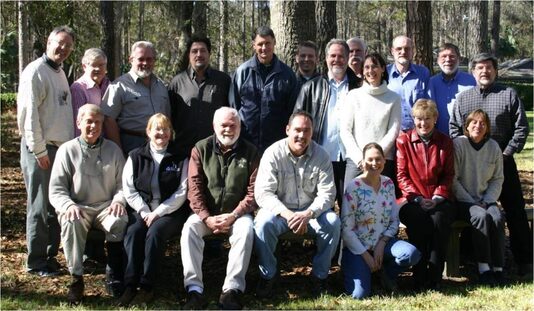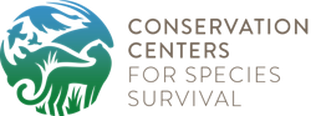How it All Began
In 2005, five of the world’s top endangered species breeding and management centers in the United States: Fossil Rim Wildlife Center, San Diego Zoo Global, Smithsonian Conservation Biology Institute/National Zoological Park, White Oak Conservation, and the Wilds met together to form C2S2.
|
The consortium was born out of an urgent need for greater collaboration and science-driven programs that could save species at a large scale if they partnered together. Individually, these Conservation Centers have helped save some of the world’s rarest species, from the black-footed ferret to the giant panda and Florida panther.
Additionally, the U.S. Fish & Wildlife Service was a driving force in initiating these collaborations large scale, as the agency long has appreciated the importance of breeding centers for saving species at risk, or already extinct, in nature. |
The Founding Members agreed to achieve five major goals:
|
In its first decade, C2S2 was based at Smithsonian Conservation Biology Institute (SCBI) and developed and implemented programs supporting endangered species survival including cheetahs (Cheetah Sustainability Program), ungulates (Source Population Alliance), and birds (Avian Sustainability Program) through the collective allocation of the Conservation Centers’ unique space and expertise in cooperative, allied ventures.
In 2014, C2S2 moved its central office from the Smithsonian Conservation Biology Institute (SCBI) to Fossil Rim Wildlife Center. The following year C2S2 received 501(c)(3) status and hired its first executive director.
At the 2015 annual October Board of Directors meeting, the board decided that C2S2 would develop a major plan to save an expanded portfolio of endangered species over the next 25 years, building on its existing models and developing new ways to address more species that can benefit from C2S2’s unique resources.
In 2014, C2S2 moved its central office from the Smithsonian Conservation Biology Institute (SCBI) to Fossil Rim Wildlife Center. The following year C2S2 received 501(c)(3) status and hired its first executive director.
At the 2015 annual October Board of Directors meeting, the board decided that C2S2 would develop a major plan to save an expanded portfolio of endangered species over the next 25 years, building on its existing models and developing new ways to address more species that can benefit from C2S2’s unique resources.


